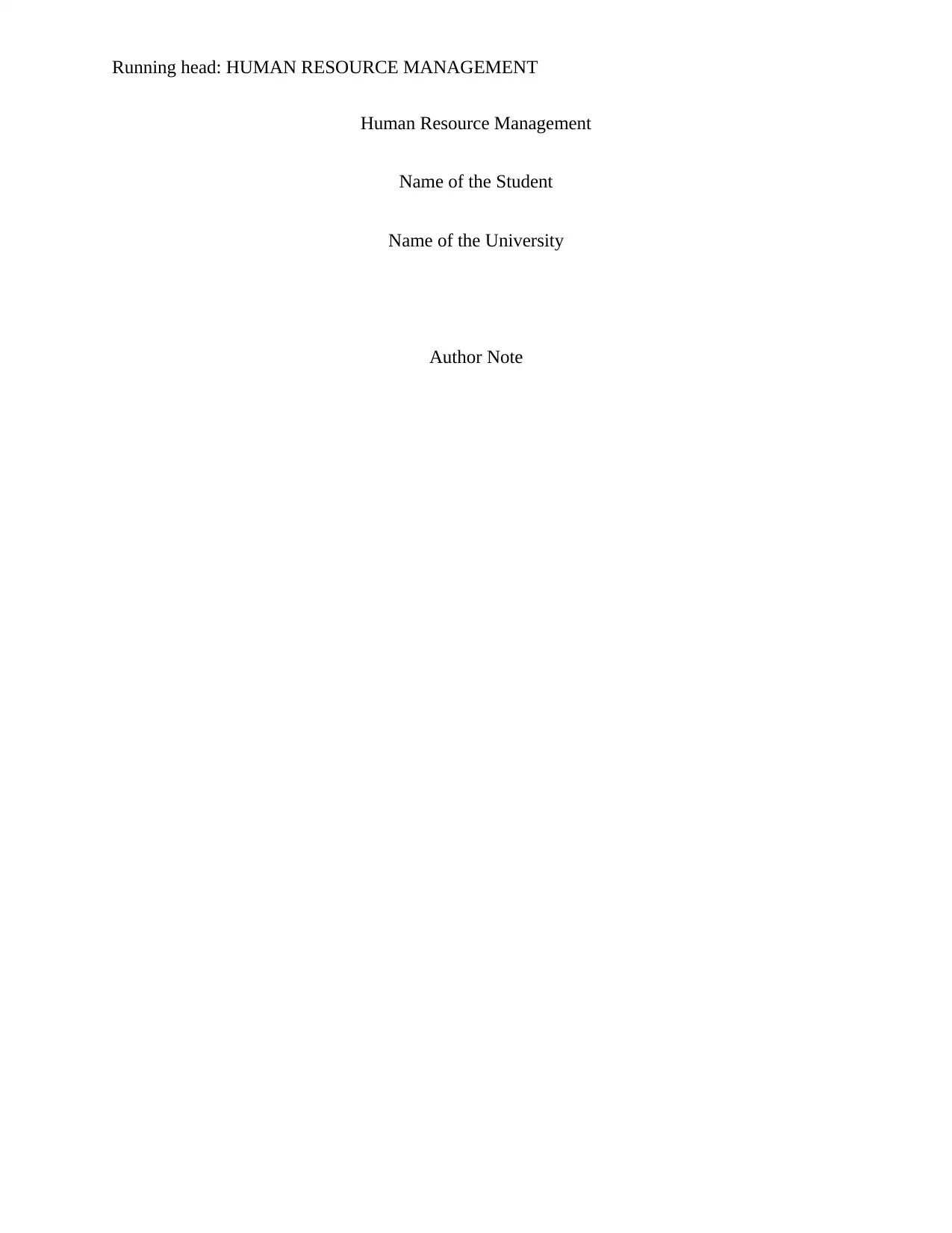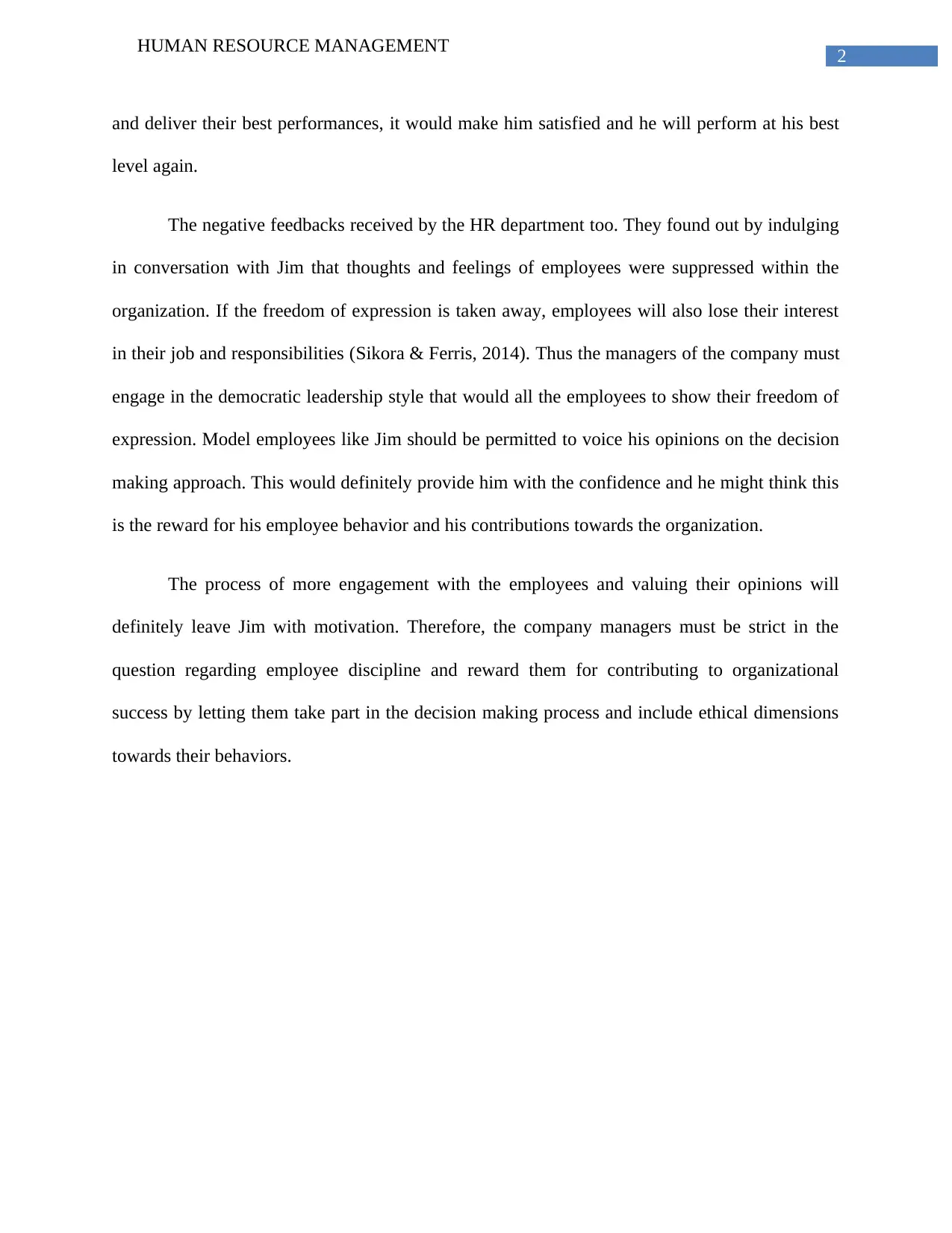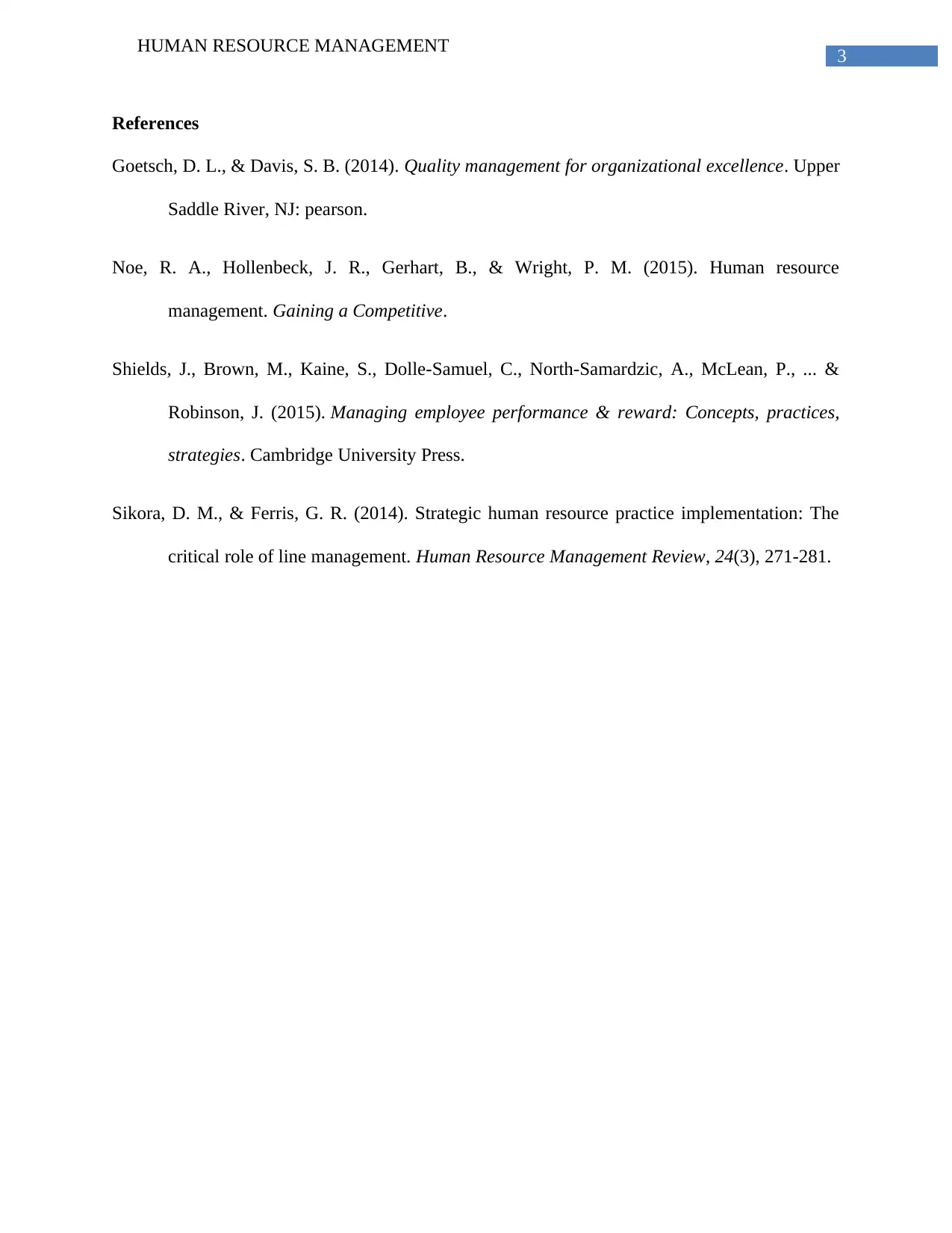Analysis of Employee Motivation in Human Resource Management
VerifiedAdded on 2022/08/09
|4
|750
|362
Report
AI Summary
This report analyzes a case study concerning an employee named Jim, whose performance declined due to a perceived lack of motivation and rewards within the organization. The analysis highlights the importance of recognizing employee contributions, ethical behavior, and discipline. The study emphasizes the need for changes in organizational culture, specifically advocating for a psychological approach and democratic leadership style. It suggests that HR managers should understand employee viewpoints, implement policy changes, and foster an environment where employees feel valued and can express their opinions. The report recommends strictness regarding employee discipline, rewarding contributions, and involving employees in decision-making to improve motivation and overall organizational success. The references provide additional context and support for the analysis, focusing on quality management, human resource management, employee performance, and strategic human resource practice implementation.
1 out of 4











![[object Object]](/_next/static/media/star-bottom.7253800d.svg)